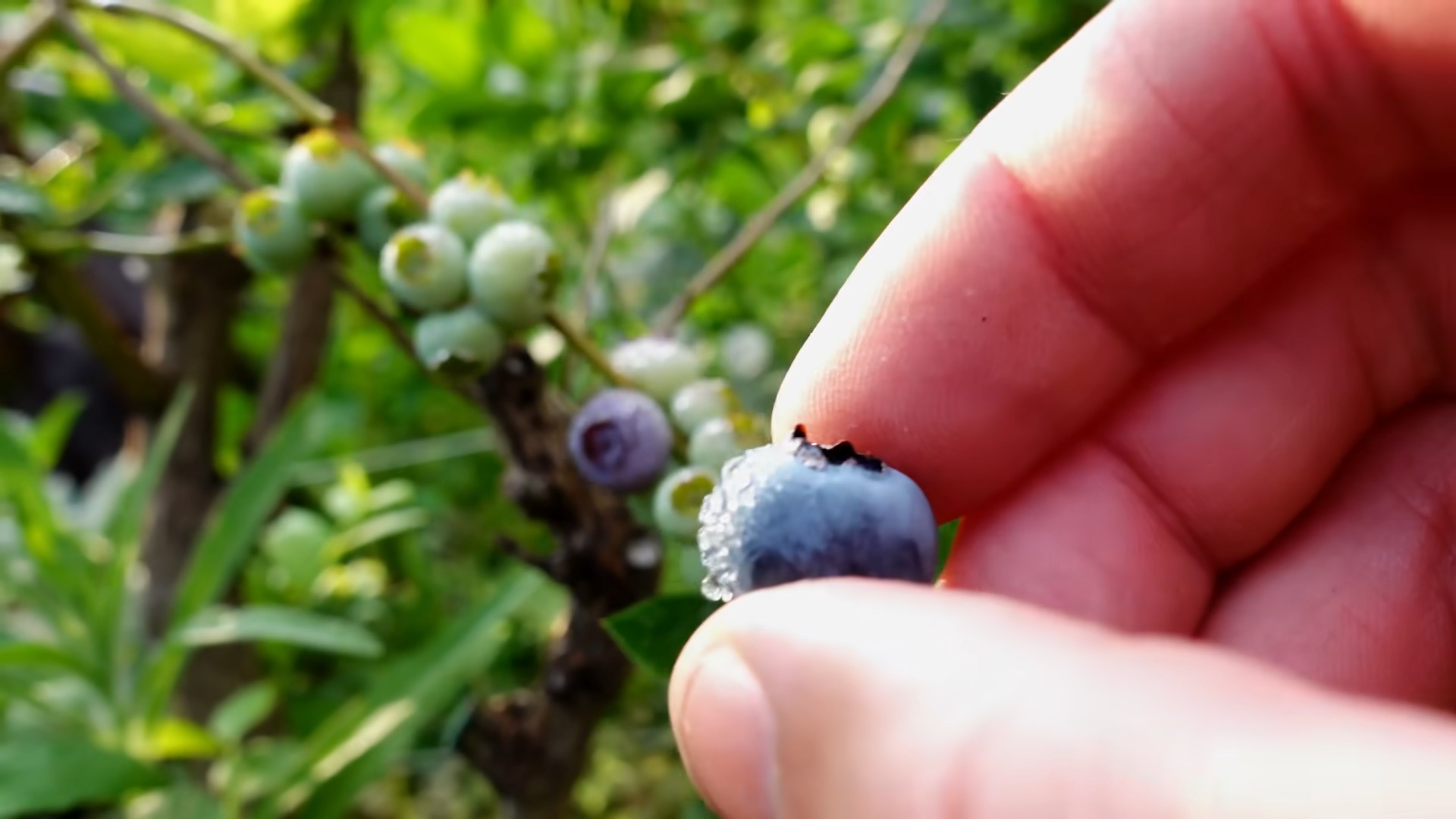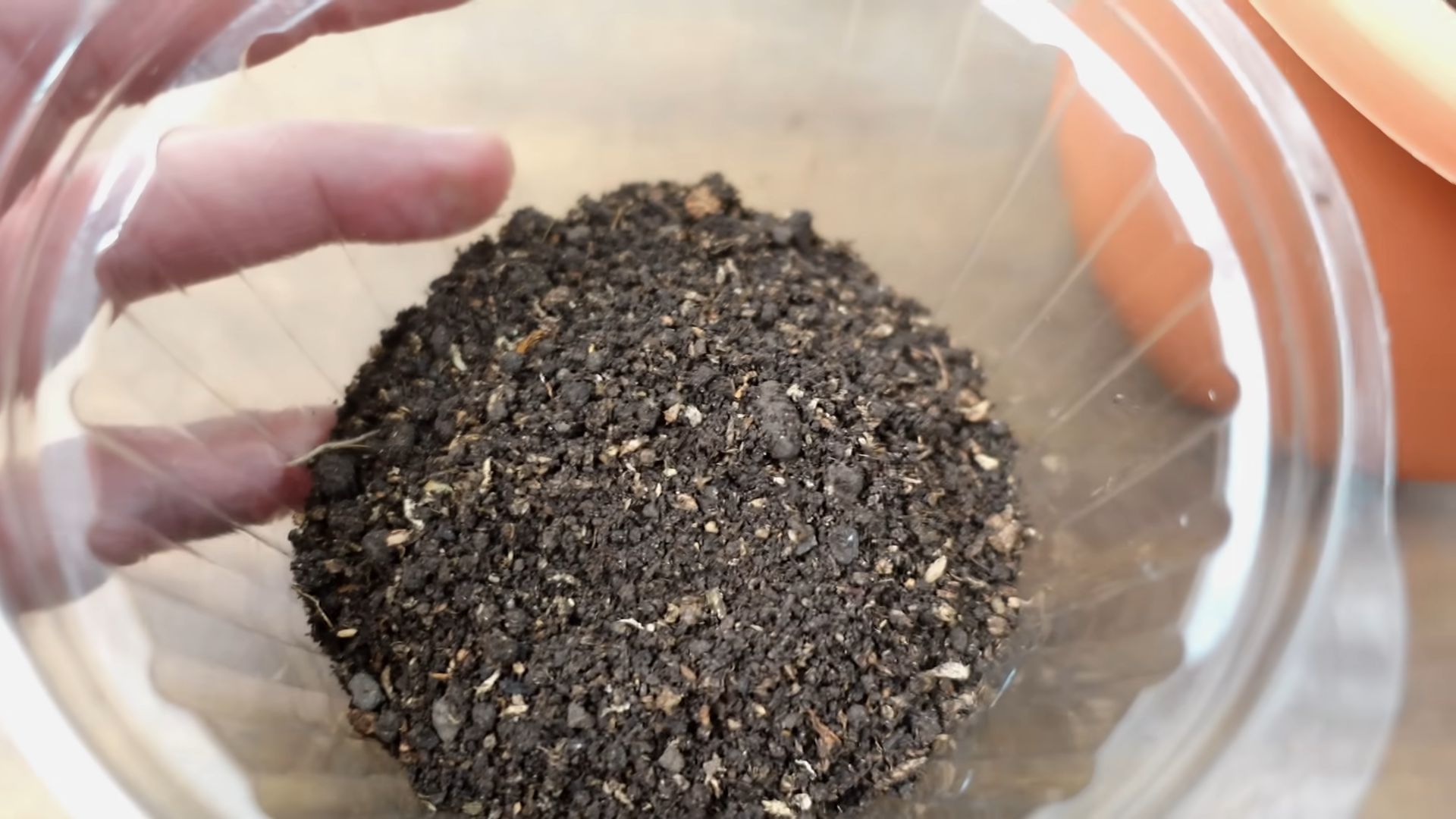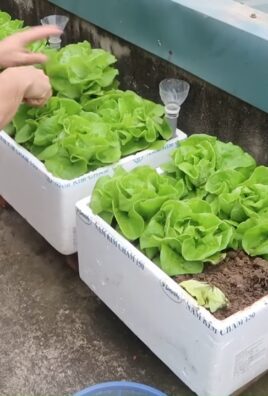Grow Blueberries at Home: Your Guide to a Bountiful Harvest
Growing blueberries at home might seem daunting, but I’m here to tell you it’s easier than you think! This article is your passport to a delicious and rewarding journey, filled with simple DIY tricks and hacks that will transform your backyard into a blueberry paradise. Forget expensive grocery store berries – imagine the joy of picking plump, juicy blueberries straight from your own garden, bursting with flavor.
The history of blueberry cultivation is fascinating! While wild blueberries have been enjoyed for centuries, the development of high-yielding cultivated varieties is a relatively recent achievement. This means that even if you don’t have acres of land, you can still enjoy the fruits of your labor with the right techniques. And that’s where my Grow Blueberries at Home guide comes in.
Why Grow Your Own Blueberries?
There are so many reasons to embark on this rewarding adventure! Firstly, homegrown blueberries are undeniably tastier. They’re picked at their peak ripeness, ensuring maximum flavor and sweetness. Secondly, you control the quality, knowing exactly what goes into your berries – no pesticides or harmful chemicals. Finally, growing your own blueberries is a deeply satisfying experience, connecting you with nature and providing a sense of accomplishment. It’s a fantastic way to add a touch of rustic charm to your garden while enjoying a healthy and delicious treat.
So, whether you’re a seasoned gardener or a complete beginner, get ready to discover the secrets to successfully growing blueberries at home. Let’s dive into the practical tips, tricks, and DIY solutions that will help you achieve a bountiful harvest of these delightful berries!

Growing Blueberries in Your Backyard: A DIY Guide
I’ve always loved the taste of fresh blueberries, but store-bought ones just don’t compare to homegrown. So, I decided to take on the challenge of growing my own blueberry bushes. It’s easier than you might think! Here’s my step-by-step guide to help you do the same.
Phase 1: Planning and Preparation
- Choose the right variety: This is crucial. Different blueberry varieties have different chill hour requirements (the number of hours below 45°F they need to produce fruit). Research varieties suitable for your climate zone. Your local nursery can be a great resource for this. I chose ‘Patriot’ and ‘Pink Popcorn’ – they’re known for being relatively low-maintenance and productive in my area.
- Soil testing: Blueberries thrive in acidic soil (pH 4.5-5.5). Get a soil testing kit from your local garden center or send a sample to a soil testing lab. Knowing your soil’s pH is essential for success. If your soil is too alkaline, you’ll need to amend it.
- Sunlight: Blueberries need at least 6-8 hours of direct sunlight per day. Choose a location in your yard that receives ample sunlight.
- Planting location: Consider the mature size of your blueberry bushes. They can grow quite large, so give them enough space to spread out. Also, ensure good drainage – blueberries don’t like wet feet.
- Gather your supplies: You’ll need blueberry plants (bare root or containerized), acidic soil amendment (peat moss, pine bark, or composted sawdust are good options), a garden shovel or trowel, mulch (pine straw or wood chips), and a watering can.
Phase 2: Planting Your Blueberry Bushes
- Prepare the planting hole: Dig a hole twice as wide as the root ball of your blueberry plant and just as deep. This allows the roots to spread easily.
- Amend the soil: Mix your acidic soil amendment into the soil you removed from the hole. The goal is to create a soil mix that’s well-draining and acidic enough for your blueberries.
- Plant the blueberry bush: Carefully remove the blueberry plant from its container (if containerized) or gently loosen the roots of a bare-root plant. Place the plant in the hole, ensuring the top of the root ball is level with the ground. Fill the hole with the amended soil, gently firming it around the roots.
- Water thoroughly: After planting, water deeply to settle the soil and help the roots establish themselves. Use a gentle stream of water to avoid disturbing the roots.
- Mulch around the plant: Apply a 2-3 inch layer of mulch around the base of the plant, keeping it a few inches away from the stem. Mulch helps retain moisture, suppress weeds, and regulate soil temperature.
Phase 3: Ongoing Care and Maintenance
- Watering: Water regularly, especially during dry periods. Aim for consistent moisture, but avoid overwatering, which can lead to root rot. A deep watering once a week is usually sufficient, but adjust based on your climate and weather conditions. Remember to water deeply, encouraging deep root growth.
- Fertilizing: Blueberries benefit from regular fertilization. Use a fertilizer specifically formulated for acid-loving plants. Follow the package instructions carefully. Generally, you’ll fertilize in early spring and again in mid-summer.
- Pruning: Pruning is essential for maintaining the health and productivity of your blueberry bushes. Prune in late winter or early spring, removing dead, damaged, or crossing branches. Thin out the center of the bush to improve air circulation and sunlight penetration. This will also encourage larger berries.
- Pest and disease control: Monitor your blueberry bushes for pests and diseases. Common problems include aphids, spider mites, and fungal diseases. Address any issues promptly using appropriate organic or chemical controls. Early detection is key!
- Soil pH monitoring: Regularly check your soil pH. If it becomes too alkaline, you may need to re-amend the soil with an acidic material. You can use a soil testing kit to monitor this easily.
- Winter protection: In colder climates, you may need to protect your blueberry bushes from harsh winter conditions. This might involve mulching more heavily or providing some wind protection.
Phase 4: Harvesting Your Delicious Blueberries
- Harvesting time: Blueberries are typically ready for harvest in late summer or early fall. The berries will be plump, firm, and easily detach from the bush when gently pulled.
- Harvesting method: Gently pick the ripe blueberries, leaving the unripe ones on the bush to continue ripening. Use a small container or basket to collect your harvest.
- Enjoy your bounty: Once harvested, store your blueberries in the refrigerator to maintain their freshness. Enjoy them fresh, make delicious jams, pies, or smoothies – the possibilities are endless!
Growing your own blueberries is a rewarding experience. With a little planning and care, you’ll be enjoying the sweet taste of homegrown berries in no time. Happy gardening!

Conclusion
Growing your own blueberries at home is a surprisingly rewarding experience, and this DIY method makes it easier than you might think! This guide has shown you how to successfully cultivate these delicious berries, even if you have limited space or gardening experience. The payoff – juicy, sun-ripened blueberries picked straight from your own backyard – is unparalleled. You’ll not only enjoy the freshest, most flavorful blueberries imaginable, but you’ll also gain a deep satisfaction from nurturing these plants from tiny seedlings to bountiful bushes. This DIY approach to blueberry cultivation offers a unique connection to nature and the food you consume, a connection often lost in our modern world. Beyond the taste and satisfaction, growing your own blueberries is a sustainable choice, reducing your carbon footprint and minimizing the environmental impact associated with commercially grown produce. This simple, yet effective, method empowers you to take control of your food source and enjoy the fruits (or should we say, berries!) of your labor. Don’t just take our word for it – try it yourself!
You can adapt this method to suit your specific needs and environment. Experiment with different blueberry varieties to find the ones that thrive best in your climate. Consider using different types of containers, such as larger pots or raised beds, depending on your space limitations. If you have a larger area, you can even create a dedicated blueberry patch in your garden. For those with limited sunlight, explore varieties that tolerate partial shade. Remember, the key is to provide adequate drainage, acidic soil, and consistent watering. Adding organic mulch around the plants will help retain moisture and suppress weeds, further simplifying your blueberry growing journey. You can also explore companion planting, incorporating plants that benefit blueberry growth, such as clover or lavender. The possibilities are endless, and the journey of growing your own blueberries is as much about experimentation and learning as it is about the final harvest. We encourage you to document your progress, share your successes (and even your challenges!), and inspire others to embark on their own blueberry growing adventures. Share your photos and experiences on social media using #GrowBlueberriesAtHome – we can’t wait to see your flourishing blueberry bushes!
Frequently Asked Questions
What type of soil is best for growing blueberries?
Blueberries thrive in acidic soil with a pH level between 4.5 and 5.5. Regular garden soil is typically too alkaline. You can amend your soil with peat moss, pine bark, or other organic matter to lower the pH and improve drainage. Soil testing kits are readily available to help you determine your soil’s pH and adjust accordingly. Consistent monitoring and adjustments may be necessary throughout the growing season.
How much sunlight do blueberries need?
Most blueberry varieties require at least six hours of direct sunlight per day. However, some varieties tolerate partial shade, especially in hotter climates. Observe your plants carefully; if they appear to be struggling in full sun, consider providing some afternoon shade. The ideal location will depend on your specific climate and the blueberry variety you choose.
How often should I water my blueberries?
Consistent watering is crucial, especially during dry periods. Aim to keep the soil consistently moist but not waterlogged. Overwatering can lead to root rot, while underwatering can stress the plants and reduce fruit production. Mulching around the plants helps retain moisture and reduces the frequency of watering. The frequency of watering will depend on your climate, soil type, and the size of your plants.
When can I expect to harvest my blueberries?
The harvest time varies depending on the blueberry variety and your climate. Generally, blueberries ripen from late spring to early fall. The berries will be ready for harvest when they are plump, firm, and easily detach from the bush. Harvesting should be done gently to avoid damaging the plant. Regular harvesting encourages further fruit production.
What are some common problems when growing blueberries?
Common problems include pests like aphids and birds, as well as diseases like fungal infections. Regularly inspect your plants for signs of pests or diseases. Organic pest control methods, such as insecticidal soap or neem oil, can be effective against aphids. Proper spacing and air circulation can help prevent fungal diseases. Maintaining a healthy soil pH and providing adequate drainage are crucial for preventing many common problems. Early detection and prompt action are key to addressing any issues that may arise.
Can I grow blueberries in containers?
Yes, absolutely! Container gardening is a great option for those with limited space. Choose a large container with drainage holes to prevent root rot. Use an acidic potting mix specifically formulated for blueberries. Ensure the container receives adequate sunlight and water regularly. Larger containers will allow for better root development and larger harvests.
What are the benefits of growing my own blueberries?
Growing your own blueberries offers numerous benefits. You’ll enjoy the freshest, most flavorful berries possible, picked at their peak ripeness. It’s a sustainable and environmentally friendly choice, reducing your carbon footprint. It’s a rewarding experience, connecting you with nature and the food you consume. And finally, it’s a fun and engaging hobby for the whole family. The satisfaction of harvesting your own homegrown blueberries is truly unparalleled. So, start your own blueberry patch today and experience the joy of homegrown goodness!




Leave a Comment